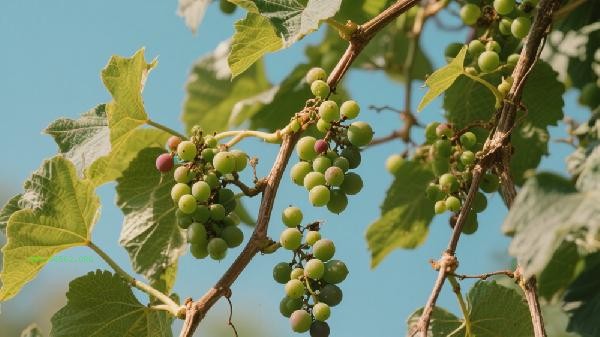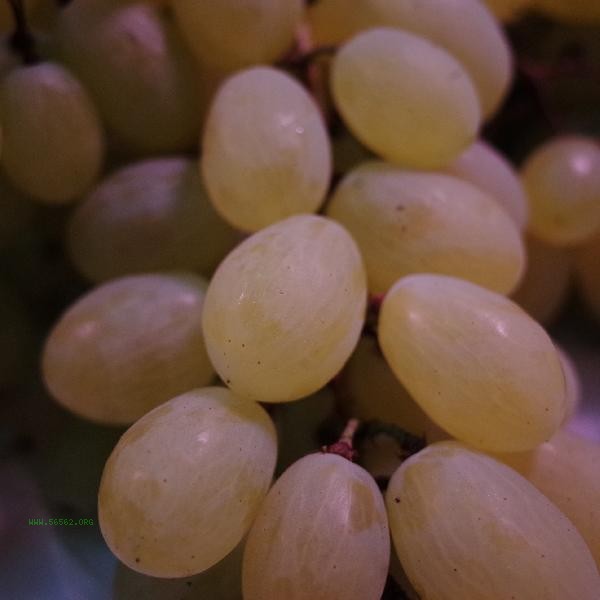The correct methods for storing grapes mainly include refrigeration, whole bunch storage, avoiding cleaning, sealing and preserving, and controlling humidity.

1. Refrigerated storage
Grapes are suitable for storage in a low temperature environment of 0-4 degrees Celsius, and the refrigeration compartment of household refrigerators can usually meet the needs. Low temperature can effectively inhibit bacterial growth and fruit pulp oxidation, extending the shelf life to 5-7 days. When storing, it is necessary to avoid the position of the refrigerator door, as the temperature in this area fluctuates greatly. If short-term storage is required, a cool and ventilated place can also maintain freshness for 1-2 days.
2. Whole bunch storage
Grapes should be stored with intact stems. Removing the stems can cause wounds at the stem, accelerating water loss and spoilage. When storing, the whole bunch of grapes can be spread flat on the fresh-keeping box or tray to avoid stacking and squeezing. If packaging is required, it is recommended to use scissors to cut small strings from the branches of the fruit stem, preserving some of the stem structure.
3. Avoid cleaning
The natural fruit powder on the grape skin has a protective effect, and early cleaning can damage this protective film, leading to microbial invasion. It is recommended to rinse with running water before consumption, thoroughly air dry after cleaning, and refrigerate. If there are visible stains on the surface, you can use kitchen paper dipped in water to wipe the area, and immediately wipe off the moisture after treatment.

4. Sealed preservation
Using food grade plastic wrap or sealed containers for storage can reduce water evaporation and odor mixing. When wrapping with plastic wrap, it is necessary to reserve ventilation holes to prevent the accumulation of moisture and mold. Although vacuum sealing can prolong storage time, it may cause fruit deformation and is suitable for short-term storage needs.
5. Control humidity
Grapes are suitable for storage in an environment with a relative humidity of around 90%. Low humidity can cause wrinkling, while high humidity can easily breed mold. You can use slightly damp kitchen paper to adjust the humidity inside the fresh-keeping box, or place specialized food desiccants. Pay attention to regular inspections and promptly remove spoiled fruits to avoid cross contamination. Grapes are rich in anthocyanins and polyphenols, and proper storage can maximize their nutritional value. It is recommended to prioritize fresh grapes of the current season for daily consumption, with a recommended consumption of 3-5 days per purchase. There are differences in storage tolerance among different varieties, such as Kyoho grapes being more resistant to storage than Sunshine roses. If the stem of the fruit is found to have dried up and turned brown or the flesh softens and leaves water, it indicates that it has started to rot and is not suitable for further consumption. When pairing with other fruits, it is important to note that ethylene sensitive fruits should not be mixed to avoid accelerated ripening and spoilage.









Comments (0)
Leave a Comment
No comments yet
Be the first to share your thoughts!